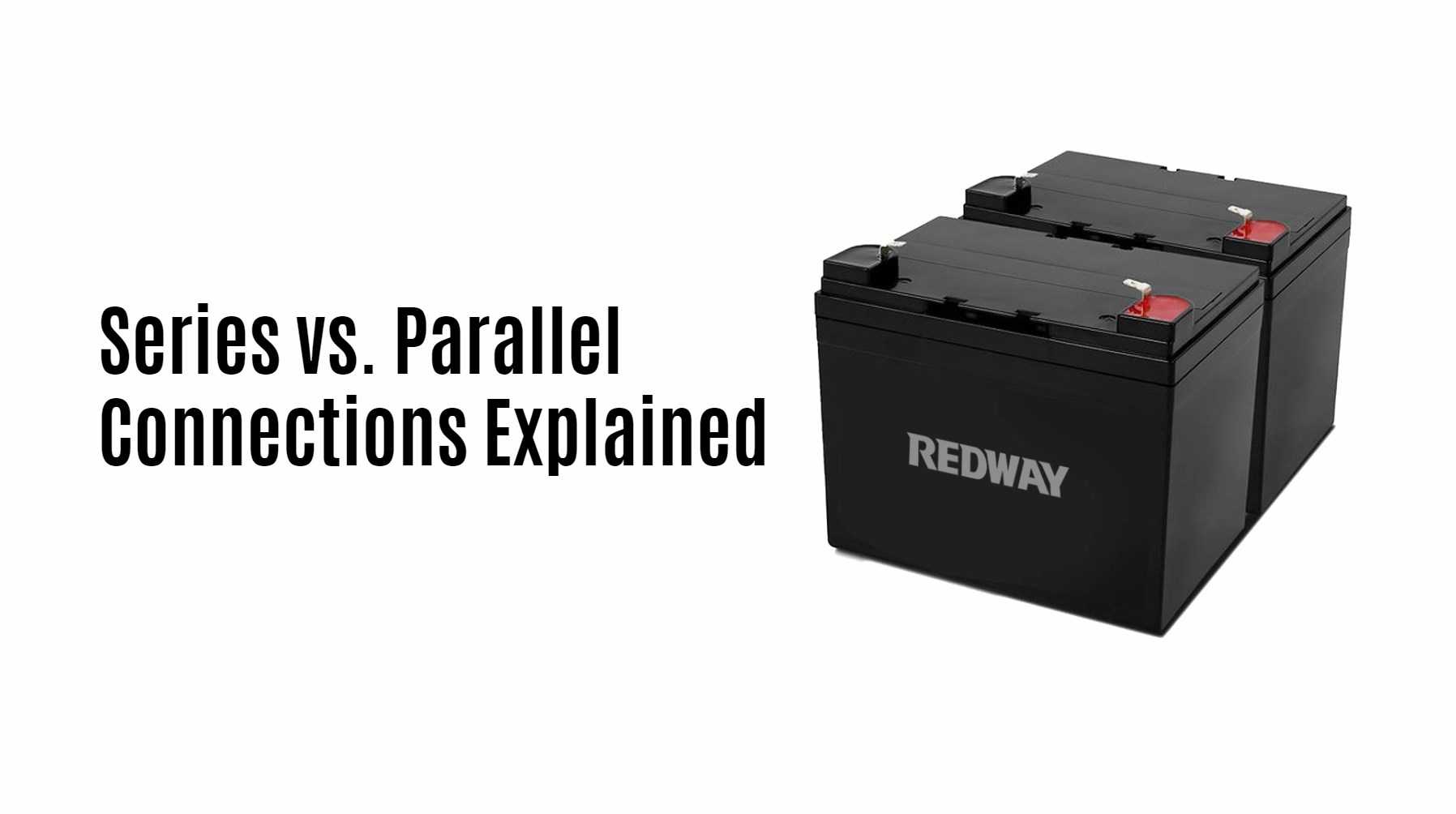When it comes to electrical circuits, understanding the difference between series and parallel connections is crucial for designing efficient systems. Whether you are working with batteries, solar panels, or any electrical components, the configuration you choose can significantly impact performance, voltage, current, and overall functionality. In this article, we will explore the key characteristics of series and parallel connections, their advantages and disadvantages, and practical applications in various scenarios.
1. Overview of Series and Parallel Connections
1.1 What is a Series Connection?
In a series connection, components are connected end-to-end in a single path for current flow. This means that the same current flows through each component in the circuit.
Key Characteristics of Series Connections:
-
Current: The current is the same through all components.
-
Voltage: The total voltage across the circuit is the sum of the voltages across each component.
-
Resistance: The total resistance in a series circuit is equal to the sum of individual resistances:
Rtotal=R1+R2+R3+…Rtotal=R1+R2+R3+…
1.2 What is a Parallel Connection?
In a parallel connection, components are connected across common points or junctions, creating multiple paths for current to flow.
Key Characteristics of Parallel Connections:
- Current: The total current flowing from the source is divided among the parallel branches.
- Voltage: The voltage across each component in parallel is the same and equal to the source voltage.
- Resistance: The total resistance in a parallel circuit can be calculated using the formula:
1Rtotal=1R1+1R2+1R3+…Rtotal1=R11+R21+R31+…
2. Advantages and Disadvantages
2.1 Advantages of Series Connections
-
Simplicity: Series circuits are straightforward to design and implement.
-
Voltage Increase: They allow for an increase in voltage; for example, connecting two 12V batteries in series results in a total of 24V.
-
Less Wiring: Fewer connections can simplify installation.
2.2 Disadvantages of Series Connections
-
Single Point of Failure: If one component fails (e.g., a battery or resistor), the entire circuit is interrupted.
-
Voltage Drop: Voltage drops across each component can lead to insufficient voltage for devices at the end of the series.
2.3 Advantages of Parallel Connections
-
Reliability: If one component fails, the others continue to operate, making parallel connections more reliable.
-
Consistent Voltage: Each component receives the full source voltage, ensuring optimal performance.
-
Flexibility: Additional components can be added easily without affecting existing ones.
2.4 Disadvantages of Parallel Connections
- Complexity: Designing parallel circuits can be more complex due to multiple paths for current flow.
- Higher Current Demand: Parallel connections can lead to higher total current draw from the source, which may require thicker wires or more robust components.
3. Practical Applications
3.1 Series Connections in Real Life
Series connections are commonly used in applications where high voltage is necessary:
-
String Lights: Many holiday lights are wired in series so that if one bulb goes out, the others will not light up.
-
Battery Packs: Connecting batteries in series increases voltage for devices requiring higher power.
3.2 Parallel Connections in Real Life
Parallel connections are ideal for applications requiring consistent voltage:
- Home Electrical Systems: Most household wiring is done in parallel to ensure that all outlets receive equal voltage.
- Solar Panel Arrays: Connecting solar panels in parallel allows each panel to operate independently while delivering consistent voltage to the system.
4. Comparison Chart: Series vs. Parallel Connections
| Feature | Series Connection | Parallel Connection |
|---|---|---|
| Current | Same through all components | Divided among branches |
| Voltage | Sum of voltages | Same as source voltage |
| Resistance | Sum of resistances | Total resistance decreases |
| Reliability | Single point of failure | More reliable |
| Complexity | Simpler design | More complex design |
5. Latest Developments in Electrical Engineering
Recent advancements in electrical engineering have focused on improving efficiency and safety:
- Innovations in battery technology allow for smarter configurations that optimize both series and parallel connections based on real-time data.
- Smart home technologies are increasingly utilizing parallel wiring systems to enhance reliability and user control over energy consumption.
6. Frequently Asked Questions (FAQs)
6.1 Can I connect batteries both in series and parallel?
Yes, this configuration is known as a series-parallel connection and allows you to increase both voltage and capacity.
6.2 How do I determine if I should use series or parallel connections?
Consider your application’s voltage requirements and reliability needs; use series for higher voltage and parallel for consistent performance.
6.3 What happens if I mix series and parallel connections incorrectly?
Mixing configurations improperly can lead to imbalanced loads, potential damage to components, or failure to operate as intended.


7. Conclusion
In conclusion, understanding the differences between series and parallel connections is essential for designing effective electrical systems, particularly when working with batteries or solar setups. Each configuration has its unique advantages and disadvantages that cater to different needs and applications. By considering these factors carefully, you can optimize your designs for performance, reliability, and efficiency.At Redway Battery, we specialize in manufacturing high-quality Lithium LiFePO4 solutions tailored to meet diverse customer needs worldwide. With our extensive experience in this field, we provide custom solutions quickly for wholesale and OEM customers. For a quick quote or more information about our products, please contact us today!




